Elisabeth Andre
REACT 2024: the Second Multiple Appropriate Facial Reaction Generation Challenge
Jan 10, 2024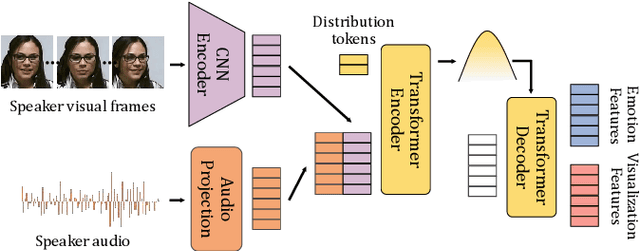
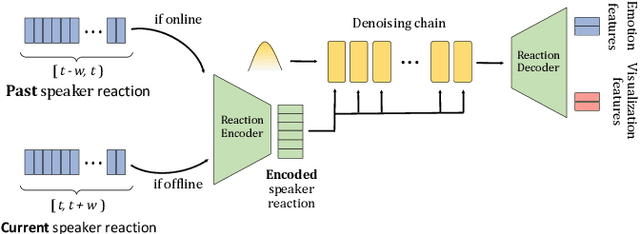
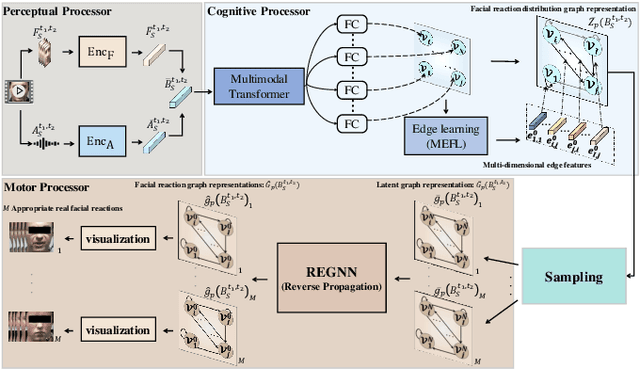
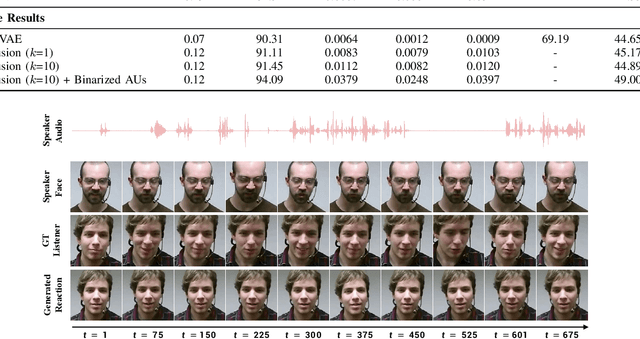
Abstract:In dyadic interactions, humans communicate their intentions and state of mind using verbal and non-verbal cues, where multiple different facial reactions might be appropriate in response to a specific speaker behaviour. Then, how to develop a machine learning (ML) model that can automatically generate multiple appropriate, diverse, realistic and synchronised human facial reactions from an previously unseen speaker behaviour is a challenging task. Following the successful organisation of the first REACT challenge (REACT 2023), this edition of the challenge (REACT 2024) employs a subset used by the previous challenge, which contains segmented 30-secs dyadic interaction clips originally recorded as part of the NOXI and RECOLA datasets, encouraging participants to develop and benchmark Machine Learning (ML) models that can generate multiple appropriate facial reactions (including facial image sequences and their attributes) given an input conversational partner's stimulus under various dyadic video conference scenarios. This paper presents: (i) the guidelines of the REACT 2024 challenge; (ii) the dataset utilized in the challenge; and (iii) the performance of the baseline systems on the two proposed sub-challenges: Offline Multiple Appropriate Facial Reaction Generation and Online Multiple Appropriate Facial Reaction Generation, respectively. The challenge baseline code is publicly available at https://github.com/reactmultimodalchallenge/baseline_react2024.
REACT2023: the first Multi-modal Multiple Appropriate Facial Reaction Generation Challenge
Jun 11, 2023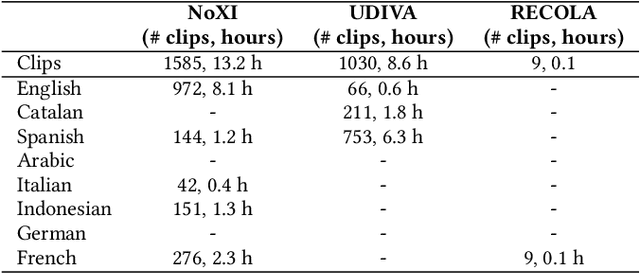
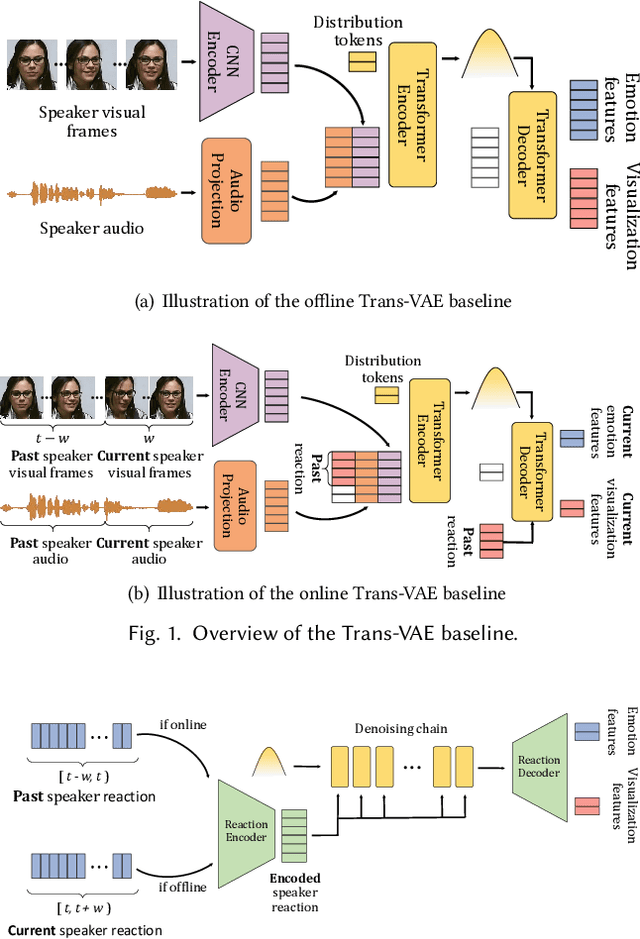
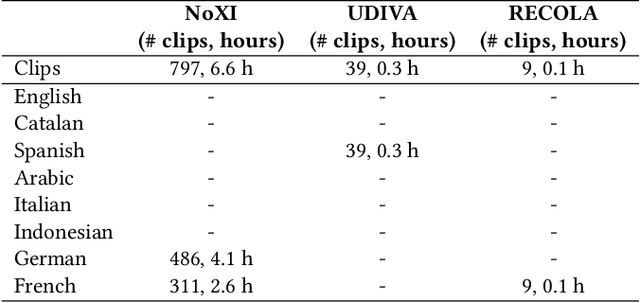
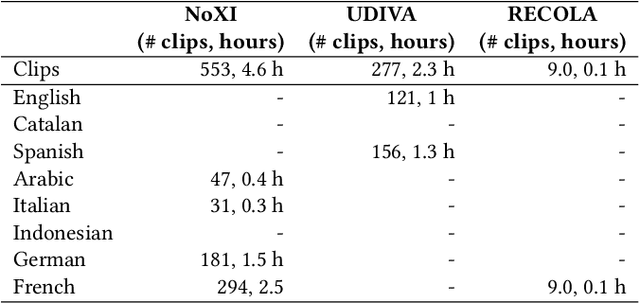
Abstract:The Multi-modal Multiple Appropriate Facial Reaction Generation Challenge (REACT2023) is the first competition event focused on evaluating multimedia processing and machine learning techniques for generating human-appropriate facial reactions in various dyadic interaction scenarios, with all participants competing strictly under the same conditions. The goal of the challenge is to provide the first benchmark test set for multi-modal information processing and to foster collaboration among the audio, visual, and audio-visual affective computing communities, to compare the relative merits of the approaches to automatic appropriate facial reaction generation under different spontaneous dyadic interaction conditions. This paper presents: (i) novelties, contributions and guidelines of the REACT2023 challenge; (ii) the dataset utilized in the challenge; and (iii) the performance of baseline systems on the two proposed sub-challenges: Offline Multiple Appropriate Facial Reaction Generation and Online Multiple Appropriate Facial Reaction Generation, respectively. The challenge baseline code is publicly available at \url{https://github.com/reactmultimodalchallenge/baseline_react2023}.
 Add to Chrome
Add to Chrome Add to Firefox
Add to Firefox Add to Edge
Add to Edge